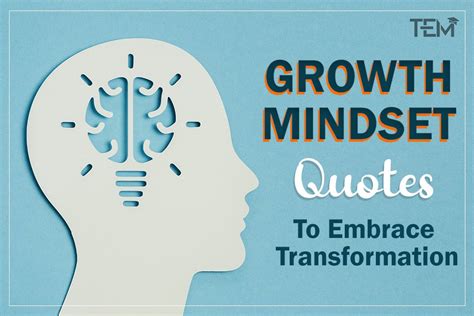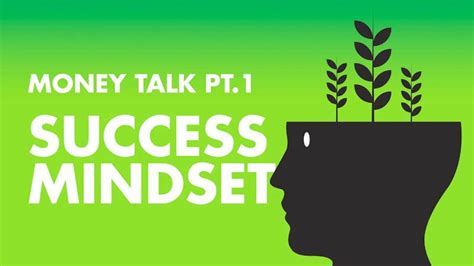Many embark on fitness journeys or financial growth plans with enthusiasm, only to find their resolve falter over time. The initial burst of motivation often dissipates when faced with plateaus, setbacks, or the sheer long-term commitment required. The differentiating factor between those who quit and those who persevere isn’t always about willpower or resources; more often, it’s about the underlying mindset they cultivate.

The Power of Intrinsic Motivation
Extrinsic motivators, such as wanting to look good for an event or achieving a specific savings figure by a certain date, can kickstart a goal. However, their power wanes once the external reward is achieved or the immediate pressure is gone. A mindset that prevents quitting is deeply rooted in intrinsic motivation. This means pursuing fitness because you value health, energy, and longevity, or seeking financial growth because it aligns with your desire for security, freedom, and the ability to support your values.
When the drive comes from within, linked to personal values and a sense of purpose, goals transform from tasks to a meaningful part of one’s identity. This internal compass provides consistent direction, even when external rewards are distant or absent.
Embracing a Growth Mindset
Developed by Carol Dweck, the concept of a growth mindset is crucial. Instead of believing that abilities are fixed (a fixed mindset), a growth mindset sees intelligence, talents, and capabilities as pliable qualities that can be developed through dedication and hard work. In fitness, this means viewing a missed workout or a slow improvement as a learning opportunity, not a sign of failure. In finance, a setback like an unexpected expense or a market dip becomes a chance to refine strategies, learn new skills, or adjust plans, rather than a reason to give up.

This perspective fosters resilience, encourages effort, and reframes challenges as essential steps on the path to mastery, rather than insurmountable obstacles.
Cultivating Patience and Long-Term Vision
Instant gratification is a powerful temptation in our fast-paced world. Fitness and financial growth, however, are marathons, not sprints. A mindset that prevents quitting is characterized by profound patience and a clear long-term vision. It understands that significant results accumulate through consistent, small efforts over extended periods. This involves accepting that progress isn’t linear, there will be plateaus, and sometimes, even minor regressions.
Individuals with this mindset focus on the process and the compounding effects of their actions rather than solely on immediate outcomes. They envision their healthier, more financially secure future self, using that vision as a guiding star through periods of slow or unnoticeable progress.
Building Resilience and Learning from Setbacks
No journey is without its bumps. A missed gym session, an indulgent meal, an unexpected bill, or a poor investment decision can easily derail those without the right mental framework. The mindset that prevents quitting doesn’t ignore setbacks; it anticipates them and views them as an inevitable part of the process. Rather than seeing them as failures, they are interpreted as data points or opportunities for course correction.

This involves developing self-compassion, quickly analyzing what went wrong without judgment, adjusting the approach, and getting back on track. The focus shifts from the mistake itself to the lesson learned and the renewed commitment to the goal.
The Identity-Based Approach
Finally, a powerful mindset for sustained growth involves shifting from goal-based habits to identity-based habits. Instead of saying, “I want to save money” (a goal), or “I need to work out today” (a habit), the mindset becomes “I am a financially responsible person” or “I am an athletic person.” When your actions align with who you believe you are, they become less about obligation and more about affirming your self-image.

This fundamental shift makes it easier to make choices that support your goals because those choices become a natural extension of your identity. It’s not about forcing yourself to do something; it’s about acting in accordance with who you aspire to be.
Conclusion
The journey towards fitness and financial growth is less about brute force willpower and more about cultivating a sophisticated psychological framework. By nurturing intrinsic motivation, embracing a growth mindset, practicing patience, building resilience, and adopting an identity-based approach, individuals can create an unshakeable foundation that not only prevents quitting but also propels them towards lasting success and fulfillment in their most important life goals.





